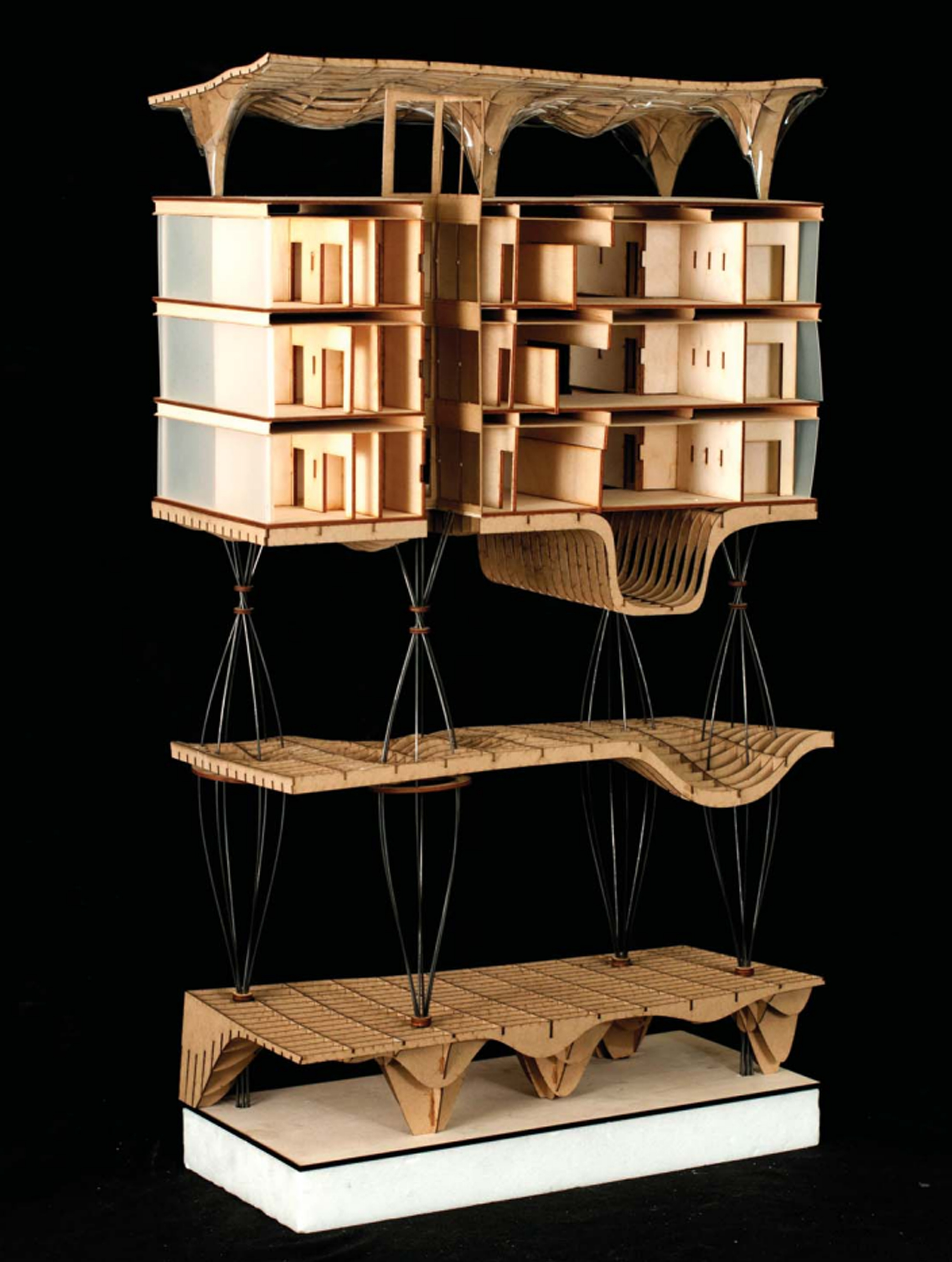We are happy to announce that Neal J. Z. Schwartz has been awarded the 2014-2015 ACSA Diversity Achievement Award for his work in the Architecture Q-Arc Initiative at the California College of the Arts. This award recognizes the work of faculty, administrators, or students in creating effective methods and models to achieve greater diversity in curricula, school personnel, and student bodies, specifically to incorporate the participation and contributions of historically under-represented groups or contexts.
California College of the Arts (CCA) Q-Arc Initiative
Faculty Coordinator, Neal J. Z. Schwartz
Abstract:
The Architecture Q-Arc Initiative at CCA is part of a broader effort to expand diversity college-wide through the discussion of LGBTQ issues. The multi-pronged effort expanded on an ongoing collaboration between San Franciscoas Queer Cultural Center (QCC) and CCA to foster a series of Queer Conversations on Culture and the Arts (QCCA) in the Bay Area. I initiated and led the architecture specific efforts including the development of a Masters level housing studio curriculum focusing on the needs of LGBTQ seniors, a public exhibition of the student work at the San Francisco LGBT Community Center entitled Alternative Futures, a lecture by Aaron Betsky revisiting his seminal book Queer Space after 20 years, and a screening and forum with the director of the documentary film The Grove, which dealt with the establishment and challenges for the future of the National AIDS Memorial in San Franciscoas Golden Gate Park.
At times in San Francisco LGBTQ issues can seem so ingrained in the fabric of the city that the need to call them out specifically can be questioned. Yet, taken together over the course of the school year, this multi-pronged initiative helped to change the culture of the institution by creating forums in which the issues of diversity for these historically under-represented groups could find voice. By addressing the issue through a variety of formats and activities, I attempted to provide multiple venues for engagement while being sensitive to the broad range of interests and comfort levels within our student audience. I was extremely cognizant that attempts to address issues of diversity within an architectural education can at times backfire with our students if the discussions seem forced, top-down, or perfunctory.

